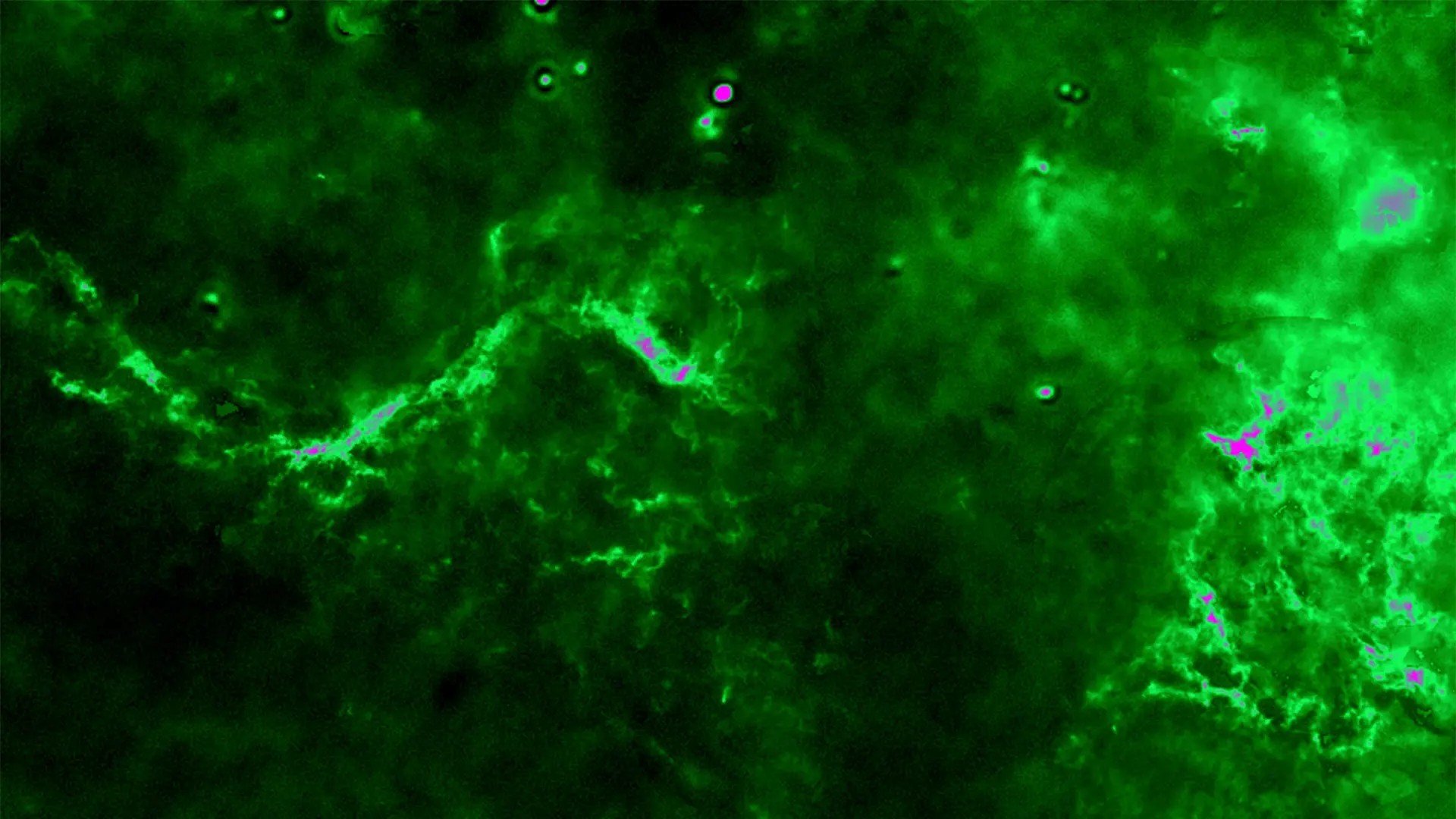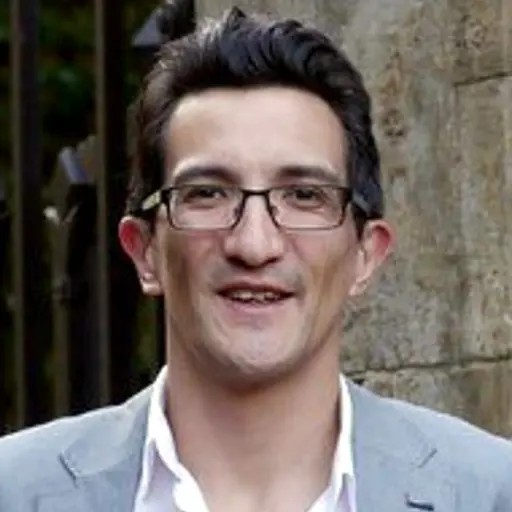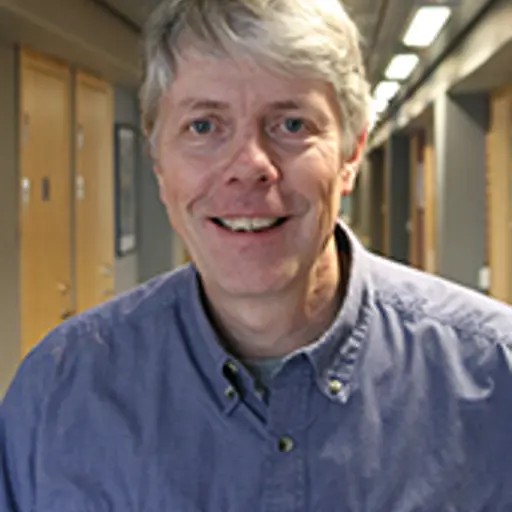We study how the gas reservoir of galaxies—including the Milky Way—gives rise to new stars.

Star formation process is dependent on a large variety of physical forces and processes, such as gravity, turbulence, thermodynamics, magnetic fields, and chemistry. These processes act over a wide range of scales, from scales of the entire galaxy down to individual stars. Therefore, study of star formation is truly a multi-physics, multi-scale field.
The key questions we study are such as: How do different physical processes regulate star formation and determine when and where new stars form? What sets the masses of individual stars? How does the gas collapse accrete onto young stars? How do star clusters form? How is gas—the raw material of new stars—distributed in the Milky Way? How does star formation affect the evolution of galaxies?
Faculty members involved


- Associate Professor, Astronomy and Plasma Physics, Space, Earth and Environment

- Deputy Head Of Department, Space, Earth and Environment

- Assistant Professor, Astronomy and Plasma Physics, Space, Earth and Environment

- Associate Professor, Astronomy and Plasma Physics, Space, Earth and Environment

- Full Professor, Space, Earth and Environment

- Associate Professor, Astronomy and Plasma Physics, Space, Earth and Environment

- Full Professor, Astronomy and Plasma Physics, Space, Earth and Environment

- Associate Professor, Astronomy and Plasma Physics, Space, Earth and Environment

- Professor Emeritus, Astronomy and Plasma Physics, Space, Earth and Environment
Highlighted programs
Chalmers Initiative on Cosmic Origins (CICO) (PI Tan)
Massive Star Formation Through the Universe (MSTAR) (ERC Advanced Grant; PI Tan)
PROMISE Origins of the Molecular Cloud Structure (ERC Starting Grant, PI Kainulainen)
Young Outflows and Disks with ALMA (YODA) (Co-PI Bjerkeli)
The Origin and Fate of Dust in the Universe (KAW Project Grant, PI Knudsen)